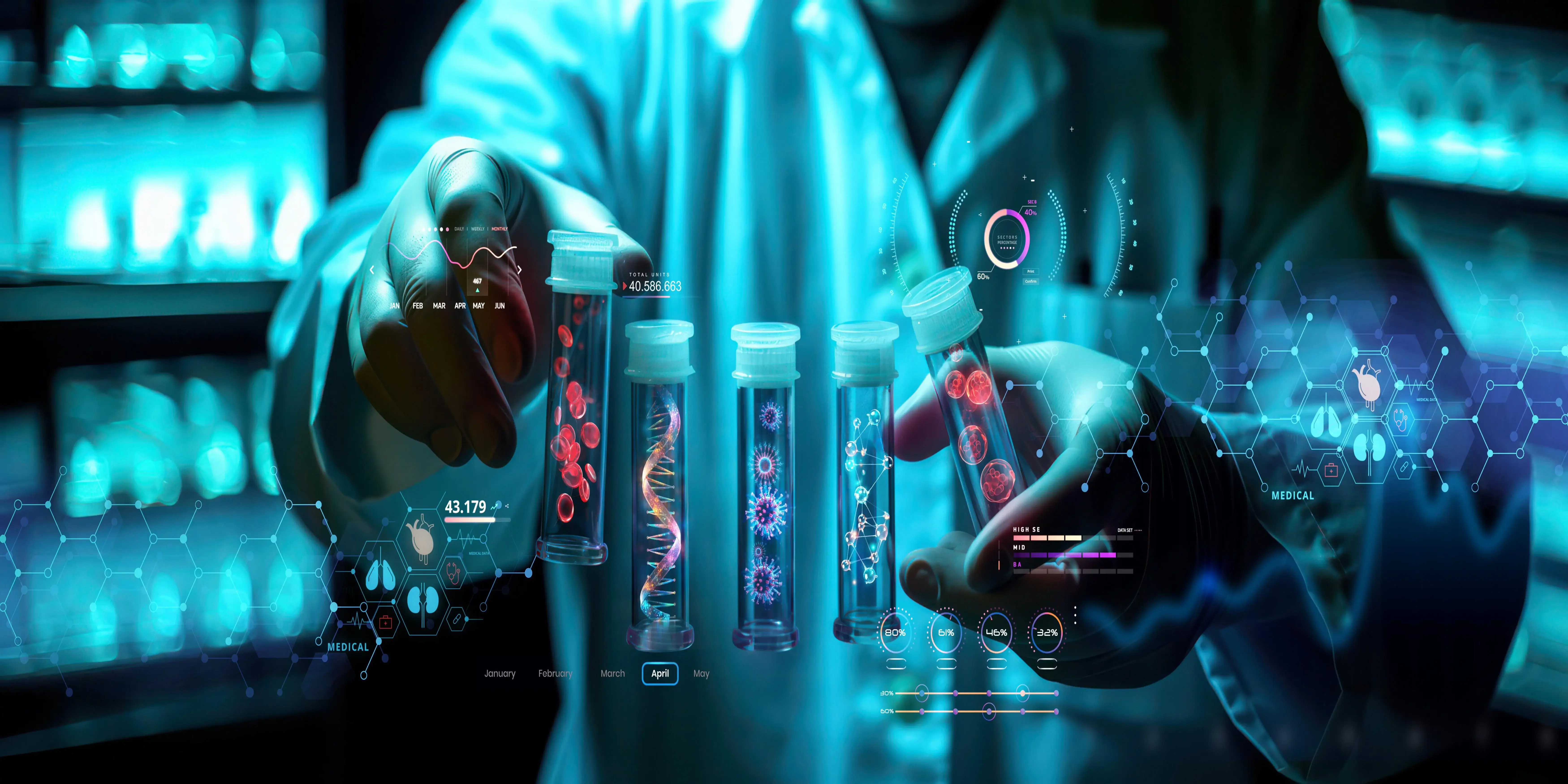Biobanks, or more directly, biorepositories are institutions that gather, store, and maintain biological specimens for research. Some biological specimens may include tissue, blood, or other body fluids which will help enlarge our horizon of medicine and allow new treatment methods. Researchers, medical science practitioners, and policymakers must be very familiar with biorepositories as the demand for quality biological resources is ever-growing. It considers all aspects of biorepositories: definition, importance, varieties, difficulties, and prospects in the biomedical research field.
The Definition and Purpose of Biorepositories
What is a Biorepository
A biorepository is an organized depository of biological materials, usually coupled with extensive health information provided by the donors. All these specimens are collected under closely regulated protocols and stored accordingly to ensure that they remain viable and intact over time.
Objectives of Biorepositories
Key Biorepository Goals 1. Provide access to researchers to high-quality biological samples for them to conduct their research studies. 2. enablement of fundamental research regarding diseases. 3. stimulate the new development of diagnostic methods and treatment protocols.
Importance of Biobank in Scientific Research
Biorepositories are very important tools in biomedical research. They enable scientists to examine the nature of genetic variation, understand diseases, and assess treatments. Furthermore, they promote large statistical studies as well as yield a much better general understanding of health in populations.
Population-based Biorepositories
Such biorepositories gather biological samples from a specified population, which generally focuses on specific features like age, race, or geographical site. They then become valuable for clinical studies and research in public health.
Disease-specific Biorepositories
The sample of individuals confirmed to be suffering from specific diseases, such as diabetes or cancer, contains disease-specific biorepositories. This type makes it possible to conduct in-depth investigations of the genetic and molecular causes of certain illnesses.
Tissue Biorepositories
Tissue samples are crucial in the research of cellular functions and disease causes, and these biorepositories are experts at collecting and preserving these samples. For various scientific purposes, they often offer refrigerated and fresh samples.
The Process of Sample Collection and Management
Sample Collection
Such samples are drawn under strict ethical standards, including donor-informed consent among others. This may comprise blood draws, tissue sampling, or other procedures depending on the nature of the sample required in that process.
Sample Preparation
Samples are taken and processed shortly to prevent aging. Of such practices are the centrifugal blood samples, frozen tissues, and aliquoting materials into small vials for further use.
Storage Conditions
Sample validity must be maintained during storage following some procedures. Most biological samples are stored in frozen freezers at freezing temperatures; however, some may require specific humidity or light levels.
Ethical Considerations in Biorepository Management
Informed Consent
-+
The most fundamental part of doing biorepositories work is that of informed consent. Donors must be properly informed on the intended uses of their specimens, risks, and their freedom to withdraw consent at any given time.
Privacy and Confidentiality
Donor privacy is always protected. Biorepositories should have stringent processes when anonymizing samples and ensuring the safe preservation of data so as to put off illegal access to private information.
Community Engagement
Building partnerships with the communities where samples are taken fosters openness and trust. To dispel any fears, the biorepositories have to be proactive in engaging community members in discussing intent and application for samples.
Conclusion
The most important contribution that biorepositories can provide to the advancement of biomedical research is their use. They make the processes of collecting and preserving life samples easier and help scientists get all the resources that they need to inquire into human health and disease complexities. Maximizing the effects of biorepositories on global health will involve their participation in a discussion of concerns over ethical issues, improving data management, and then building partnerships as the field grows.



